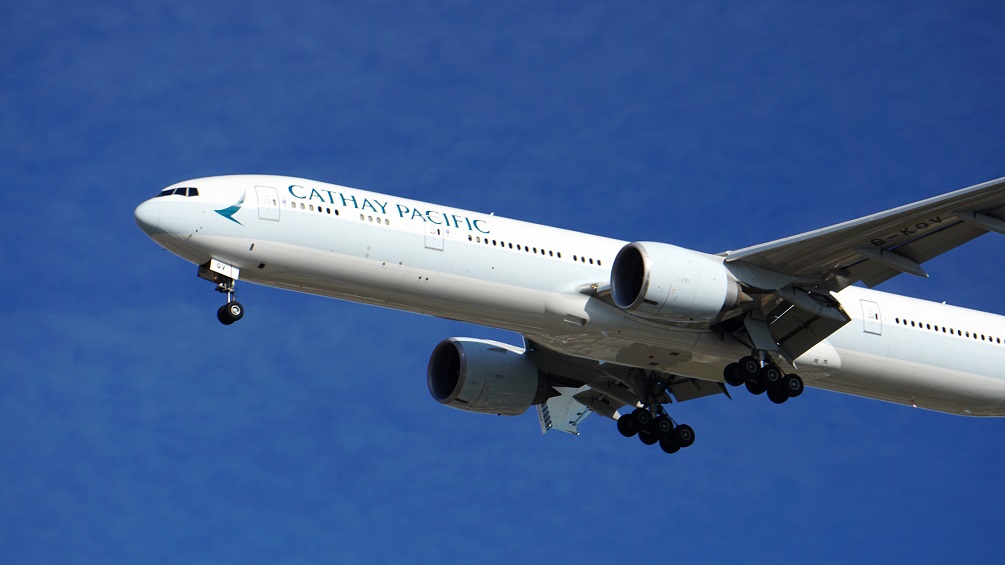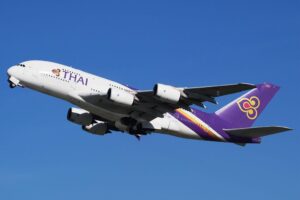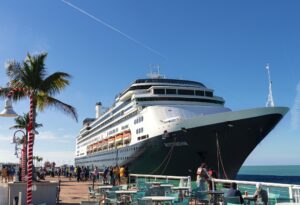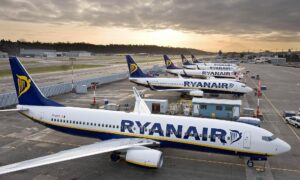Cathay Pacific Anticipates Operating on One Third of Its Pre-Pandemic Capacity
20th September 2022
3 min. read
1168

By the end of the year, Cathay Pacific anticipates operating at approximately a third of its pre-pandemic passenger capacity.
The Hong Kong carrier said it was taking longer to complete a “significant amount” of training and aircraft reactivation, even though the aim is to operate at a level of availability that is twice that of August.
“This, combined with other operational complexities, means that capacity can only be increased gradually over a period of several months,” said chief customer officer Ronald Lam.
“As the market and operating conditions further improve moving forward, we will aim to add back more flights where feasible.”
His comments came after the airline reported August carryings of 253,907, which were 91% lower than the same month in 2019 and had a load ratio of 68.6%.
According to the airline, the additional changes to the Hong Kong Special Administrative Region government’s quarantine regulations and travel restrictions, particularly the requirement for inbound travelers to stay in quarantined hotels, continued to have a positive effect on last month’s traffic figures.
Lam said, “Following the Hong Kong SAR government’s adjustment to the hotel quarantine arrangement for travellers entering Hong Kong from 12 August, we observed an increase in inbound traffic to our home hub.
“This was particularly so for long-haul traffic from the US, Canada and Europe. Meanwhile, our passenger flight capacity to the Chinese mainland remained restricted, although we were able to resume carrying passengers to Zhengzhou, Qingdao and Xiamen in August.
“Student traffic from the Chinese mainland to the US represented a significant portion of our passenger traffic last month.
“On top of our existing services to New York, Los Angeles and San Francisco, we resumed flights to Chicago and Boston in August for the first time this year to cater to the strong demand. As a result, our US-bound flights managed 80% load factors.
“Apart from student traffic, our US routes were also boosted in the other direction by transit traffic travelling to Southeast Asia, the result of greater connectivity from increased flight frequency.
”Looking ahead, we welcome the Hong Kong SAR government’s adjustments to the mandatory quarantine arrangements for locally based aircrew arriving in Hong Kong earlier this month.
“While we will continue to add back more flights as quickly as is feasible to strengthen the network connectivity of the Hong Kong aviation hub, this will still take time as we build operational readiness and undertake a substantial amount of training and aircraft reactivation.”
He added: “We expect that demand will remain solid going into the fourth quarter. Transit traffic between the Americas and Southeast Asia and India is anticipated to be strong, while traffic between Australia, New Zealand and other parts of our network is also expected to increase.
“As more regional destinations such as Japan continue to adjust their inbound travel policies, we will continue to monitor demand and adjust our passenger flight capacity accordingly.
“We intend to add about 200 pairs of passenger flights in October, primarily to regional destinations such as Osaka, Seoul, Bangkok, Kuala Lumpur and Manila, and also to long-haul destinations such as Vancouver, Sydney and Melbourne.”
In the meantime, Cathay Pacific secured a contract for the supply of 38 million US gallons of mixed Sustainable Aviation Fuel (SAF), which will be shipped from San Francisco International Airport over the course of seven years beginning in 2025.

Emily Alice Fox
Travel Concierge Club
emily.fox@travelconcierge.club
Specialist Area:
Beaches, City Breaks, Family, Spa & Wellness, Weddings and Honeymoon, Romantic, Luxury, All Inclusive, Cruise
View ProfileRelated Articles
Related News
Related Offers
SIGN UP FOR OUR MAILING LIST
Enter your email address and receive daily or weekly updates with the latest articles, news and videos.Copyright © 2021 Experienced Travellers Ltd. Experienced Travellers Ltd is not responsible for the content of external sites. Read about our approach external linking.



















